July 9 evening
July 9 evening
Gordon Hart writes that he saw a California Tortoiseshell in his yard yesterday, Sunday July 8. He saw it through binoculars but could not get close enough for a photo. It was flying around California Lilac (Ceanothus). This is exciting, since Ceanothus is the larval foodplant. Had there been caterpillars on Gordon’s Ceanothus? Or was the butterfly contemplating laying eggs on it?
Annie Pang sends a picture of a spider seen on June 22. Thanks to Rob Bennett, who writes: It’s a theridiid, I think most likely Enoplognatha ovata. They come in a variety of colour/patterning morphs – watch for ones with some amount of red striping on their abdomens.

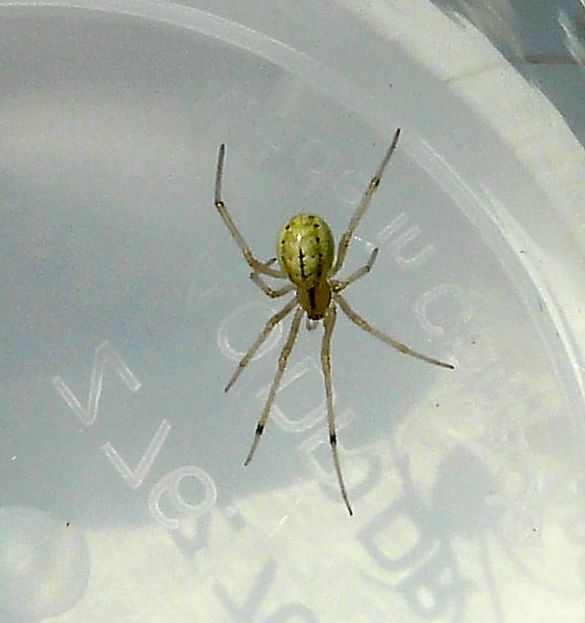
Probably Enoplognatha ovata (Ara.: Theridiidae) Annie Pang
More of Jochen Möhr’s moth photographs from Metchosin . Thanks to Libby Avis for identification.

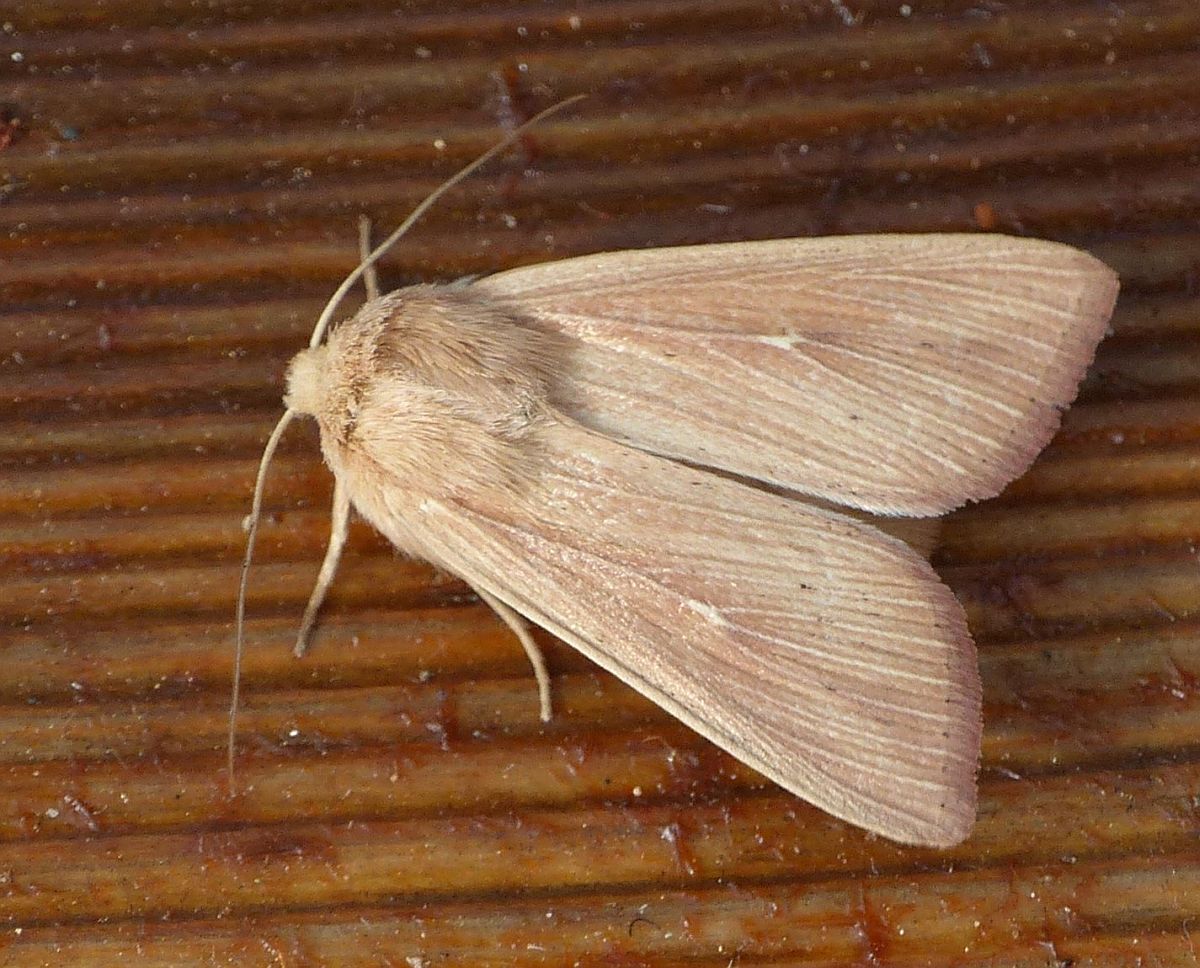
Mythimna or Leucania sp. (Lep.: Noctuidae) Jochen Möhr

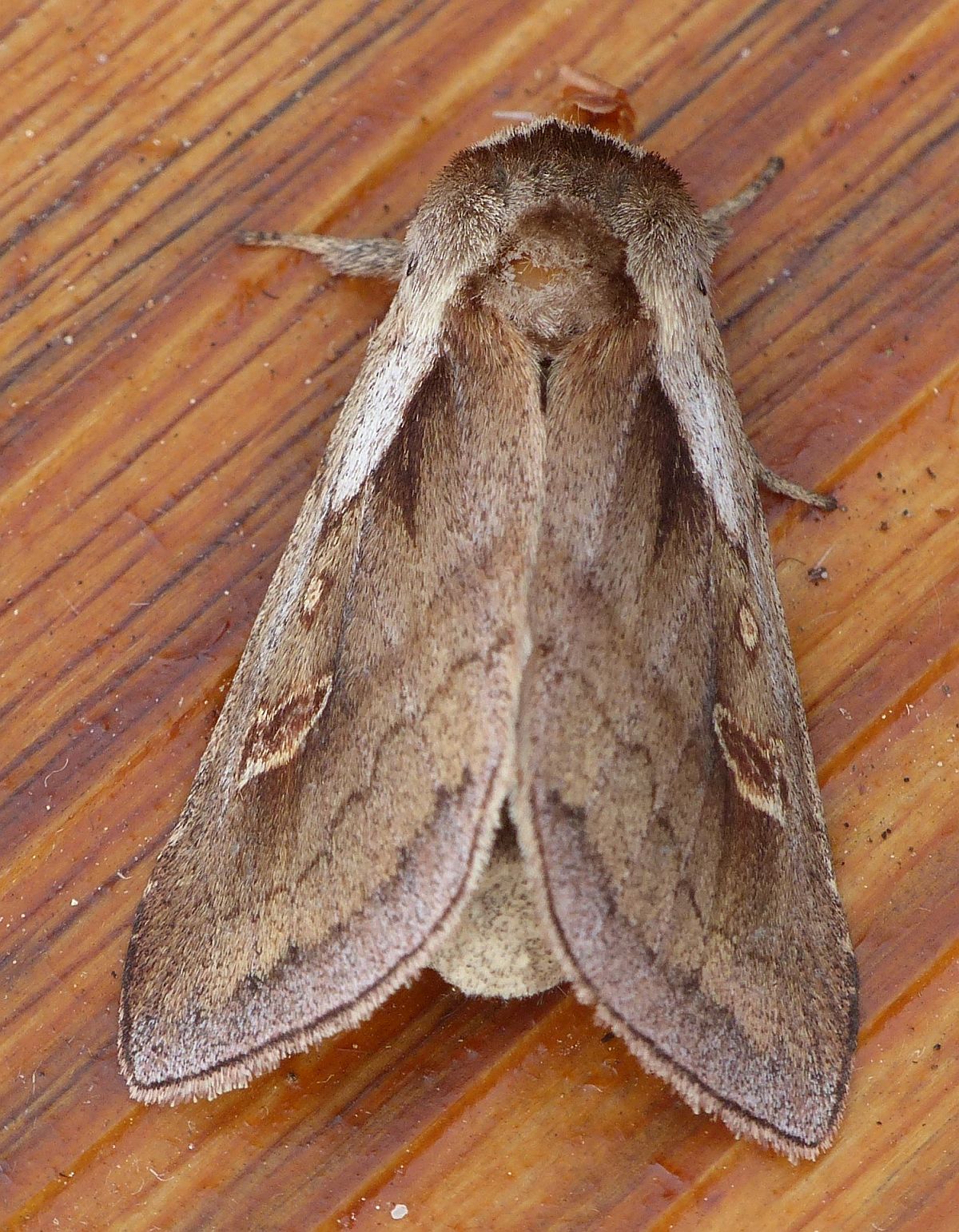
Bellura obliqua (Lep.: Noctuidae) Jochen Möhr

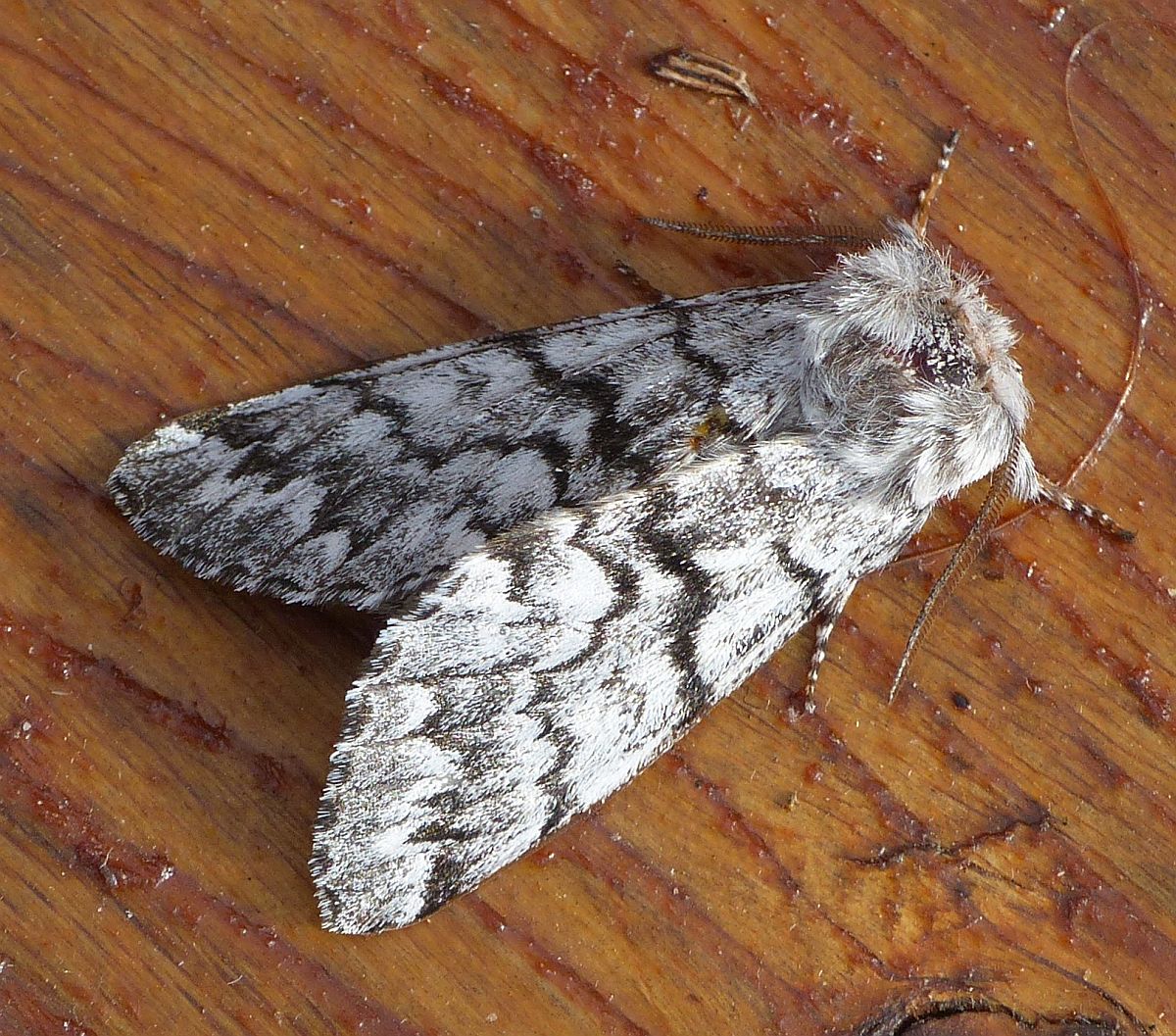
Panthea virginarius (Lep.: Noctuidae) Jochen Möhr

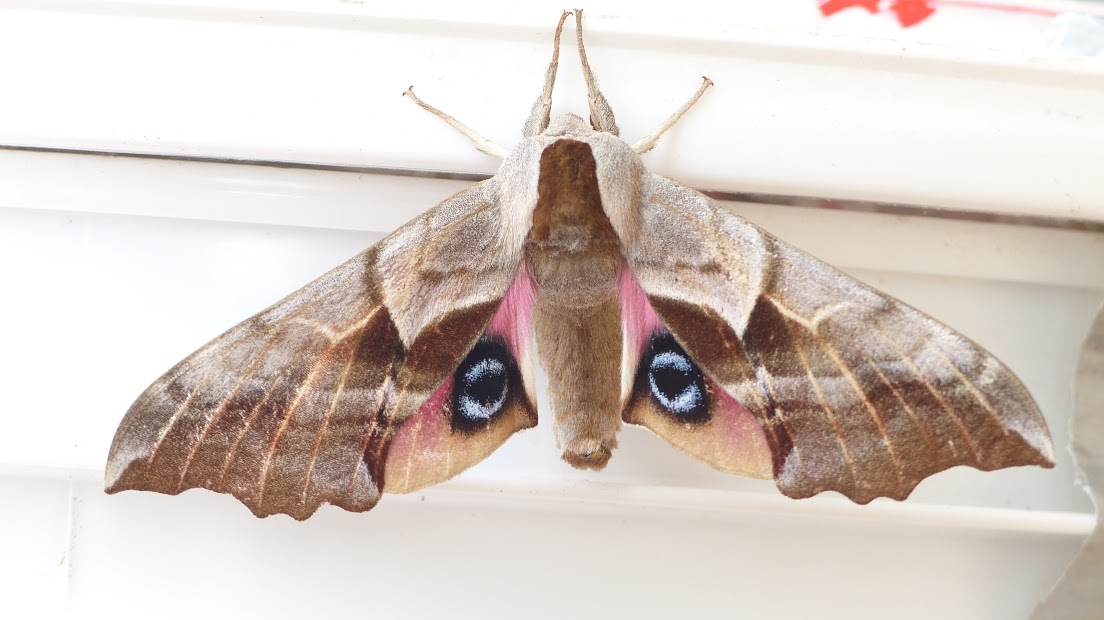
Smerinthus cerisyi (Lep.: Sphingidae) Jochen Möhr
Jeremy Tatum writes: Some recent authors list the West Coast form of this hawk moth under Smerinthus ophthalmica. To change the captions on all the photographs on this site and all the Index entries would be a formidable task, against which must be asked how convincing is the split at species level? While there may be small discernible differences between disjunct populations of the species, are these differences significant enough to bestow upon them species status, rather than subspecies? Indeed, are our moths significantly different at the species level from the European Smerinthus ocellata? Professor Joad might have remarked: “It all depends on what you mean by species” – a remark very pertinent in light of the several types of “species concept” currently in vogue. For consistency within this site (and to avoid a huge amount of perhaps unnecessary work) I am retaining the name S. cerisyi here.
We often think of a typical hawk moth as a moth with an immensely long haustellum (proboscis). After all, did not Darwin predict the existence of a hawk moth with a very long proboscis before its actual discovery? Interestingly, hawk moths of the tribe Smerinthini have no functional haustellum at all, and do not feed as adults.
